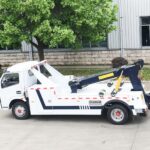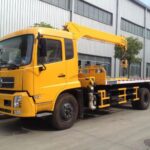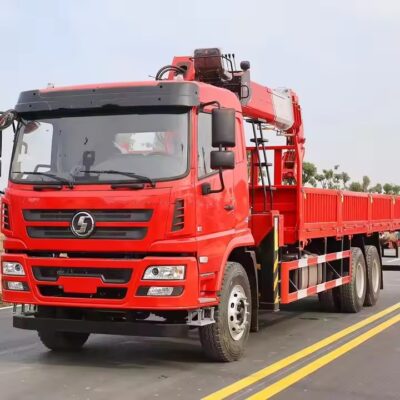Tow trucks, also known as road rescue vehicles, play a crucial role in reducing traffic congestion caused by accidents and are essential in major rescue operations. What specific functions do tow trucks have? Let’s take a look together.
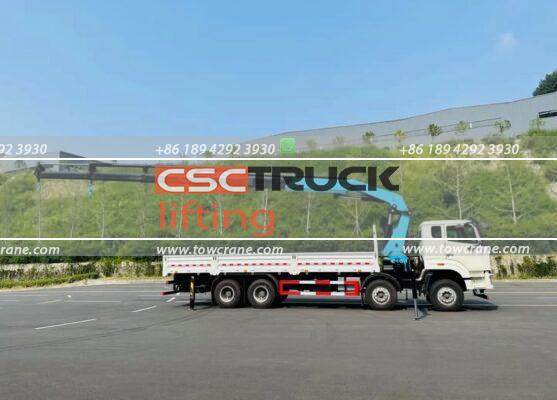
1. Lifting Function: This is the most basic function of a tow truck, which uses the boom to extend, lift, and fold under load to lift the damaged vehicle from the front or rear and remove it from the scene. Tow truck booms come in various structures and can lift vehicle axles, wheels, leaf springs, frames, etc. They are easy to load and unload.
2. Hoisting Function: Integrated tow trucks usually come with a variable-angle boom to lift the damaged vehicle from one end or the whole vehicle, making it easier to lift. Heavy-duty tow trucks can use the boom to extend, change angles, and pull the accident vehicle from the roadbed back onto the road.
3. Towing Function: Tow trucks are equipped with several hydraulic winches to work with the main boom and fixed anchors at the scene to right overturned vehicles and pull vehicles out of deep ditches.
4. Pulling Function: Tow trucks can pull damaged vehicles away and tow vehicles with intact axles using a tow bar.
5. Flatbed Function: One-to-two flatbed tow trucks can pull accident vehicles onto the flatbed for damage-free transportation, which is particularly suitable for passenger cars.
6. Warning and Lighting Functions: Tow trucks are generally equipped with large warning lights and alarms, providing clear signals during rescue operations. They also have auxiliary lighting for nighttime operations.
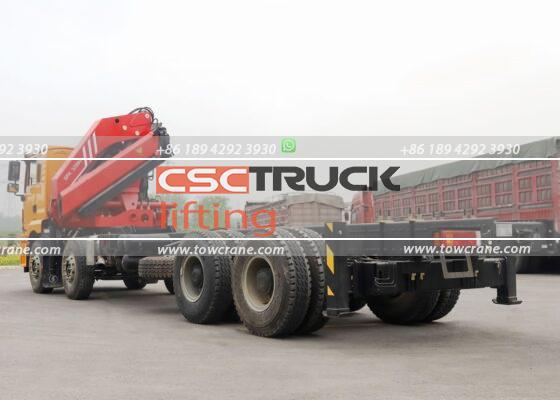
There are two main types of tow trucks: one-to-two flatbeds and integrated tow trucks. Each has its advantages. The one-to-two tow truck can transport two broken-down vehicles at once, while the integrated tow truck is simpler in structure, offering significant lifting capacity, ease of operation, and convenient maintenance.
Tow trucks have many functions, so it’s helpful to understand them when making a purchase.
Modern Advancements in Tow Truck Technology
With the continuous advancements in technology, modern tow trucks are equipped with various high-tech features that enhance their functionality and efficiency:
1. Remote Control Operation: Many modern tow trucks come with remote control systems, allowing operators to control the tow truck‘s functions from a distance. This is particularly useful in dangerous situations where getting close to the vehicle is risky.
2. GPS and Telematics: GPS and telematics systems are now standard in many tow trucks, enabling real-time tracking, efficient route planning, and better communication with dispatch centers.
3. Advanced Safety Systems: Modern tow trucks are equipped with advanced safety features such as anti-lock braking systems (ABS), electronic stability control (ESC), and collision avoidance systems to ensure safer operations.
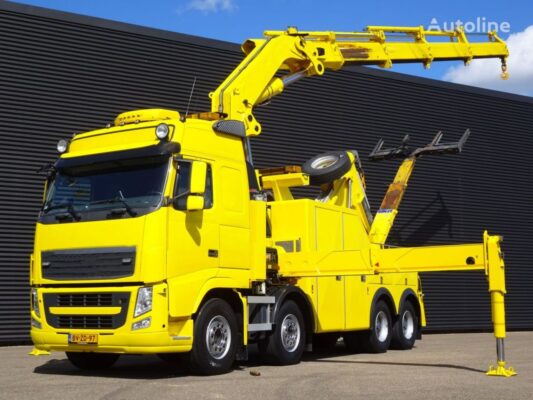
4. Hydraulic Systems:* The latest hydraulic systems provide greater lifting capacity and smoother operation, making it easier to handle heavier vehicles and complex recovery operations.
5. Eco-Friendly Options: With the increasing focus on environmental sustainability, some tow trucks are now available with hybrid or electric powertrains, reducing emissions and fuel consumption.
Understanding the diverse functions and modern advancements of tow trucks can help in making an informed decision when purchasing or upgrading your fleet. These vehicles are essential tools in maintaining road safety and efficiency, and staying updated with the latest features ensures you are well-equipped to handle any situation.






